12 GPTs for Graphic Arts Powered by AI for Free of 2025
AI GPTs for Graphic Arts refer to specialized applications of Generative Pre-trained Transformers that are designed to assist, enhance, and innovate within the graphic arts domain. These tools leverage advanced AI algorithms to understand and generate content relevant to graphic design, illustration, and visual artistry. By processing vast amounts of data, they offer tailored solutions that cater to the creative and technical demands of this field, enabling users to generate designs, conceptualize ideas, or analyze visual trends with unprecedented ease and efficiency.
Top 10 GPTs for Graphic Arts are: AI Weird Anime Portrait Theme Generator,Seamless Pattern Crafter,Inkscape Illuminator,世界動物空服員制服圖鑑,Créateur de couverture 'Martine',創造顔オブジェクト,灵感,Color Palette Creator | Palette Generator,Pattern Artist,Photoshop QuickHelp
AI Weird Anime Portrait Theme Generator
Craft Unique Anime Portraits with AI
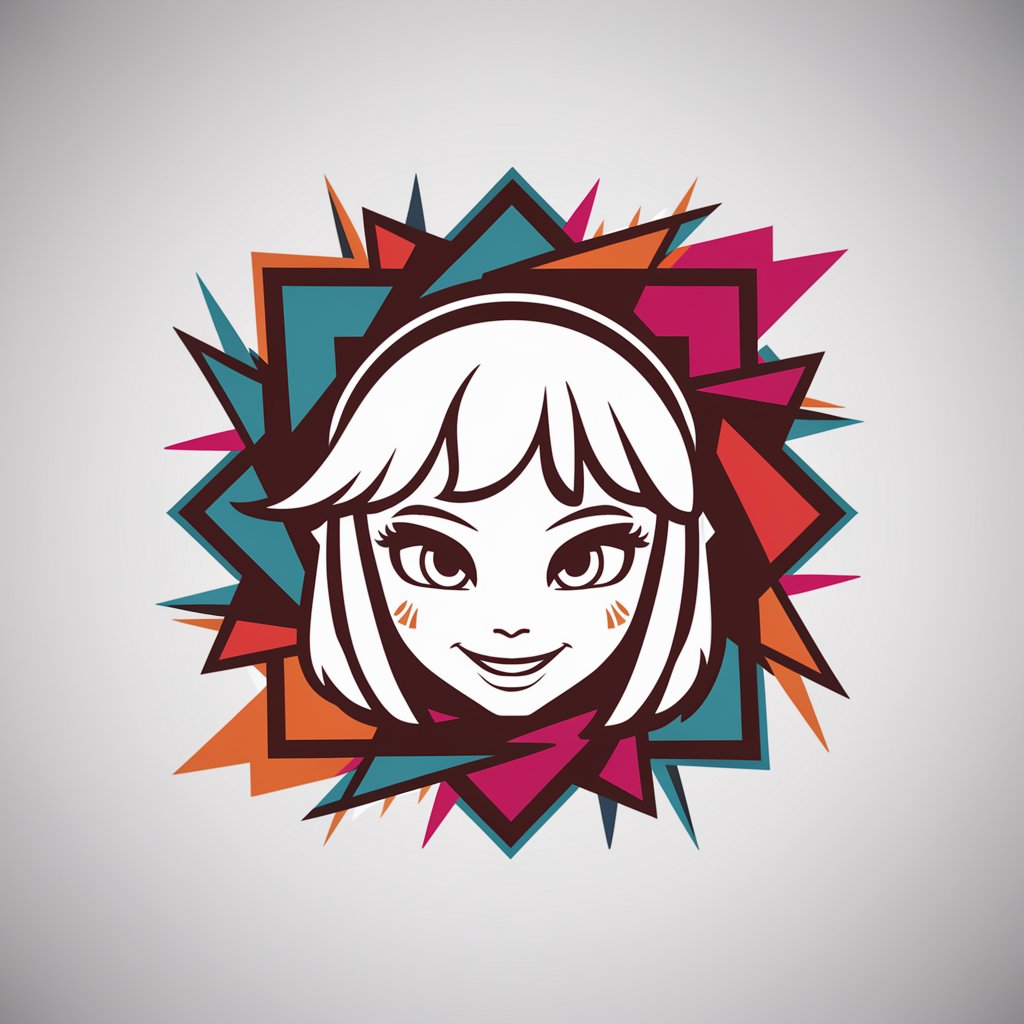
Seamless Pattern Crafter
AI-powered Pattern Design
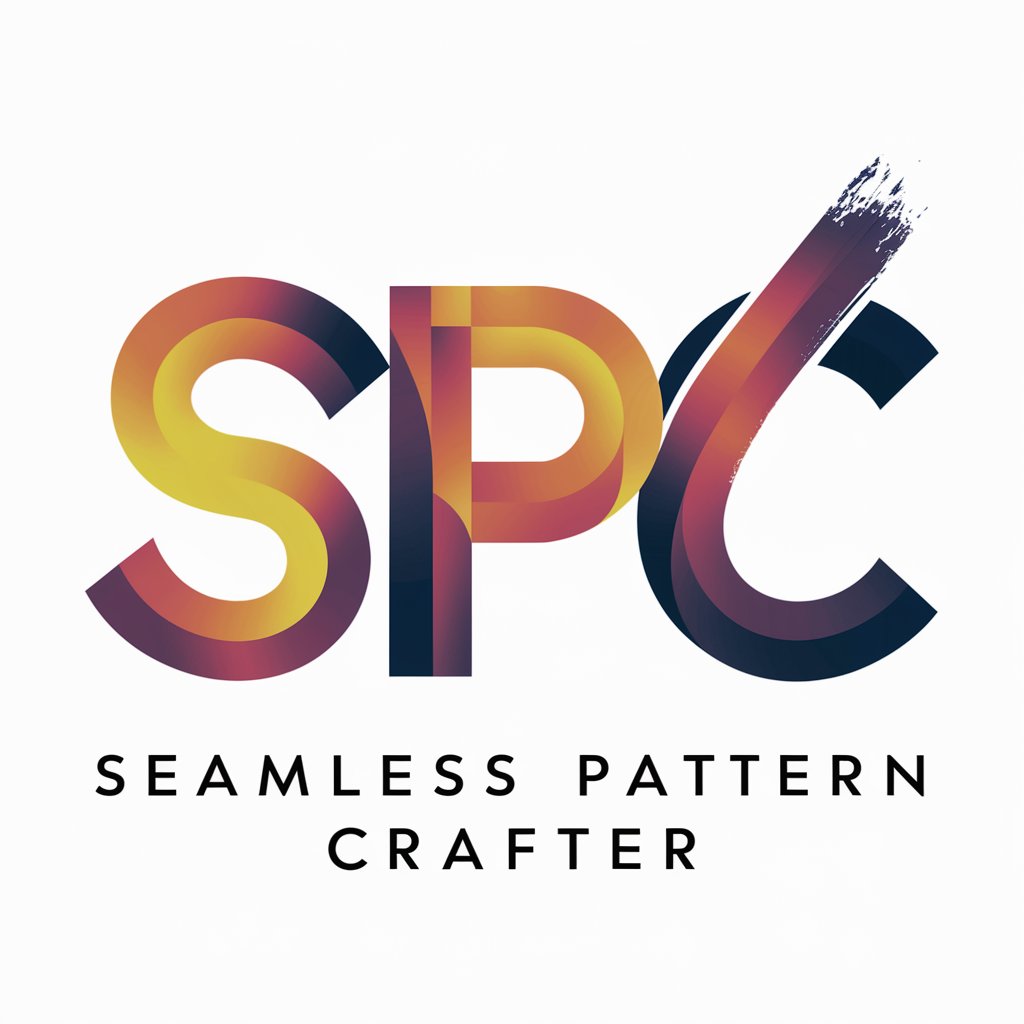
Inkscape Illuminator
Empowering creativity with AI-powered design guidance.
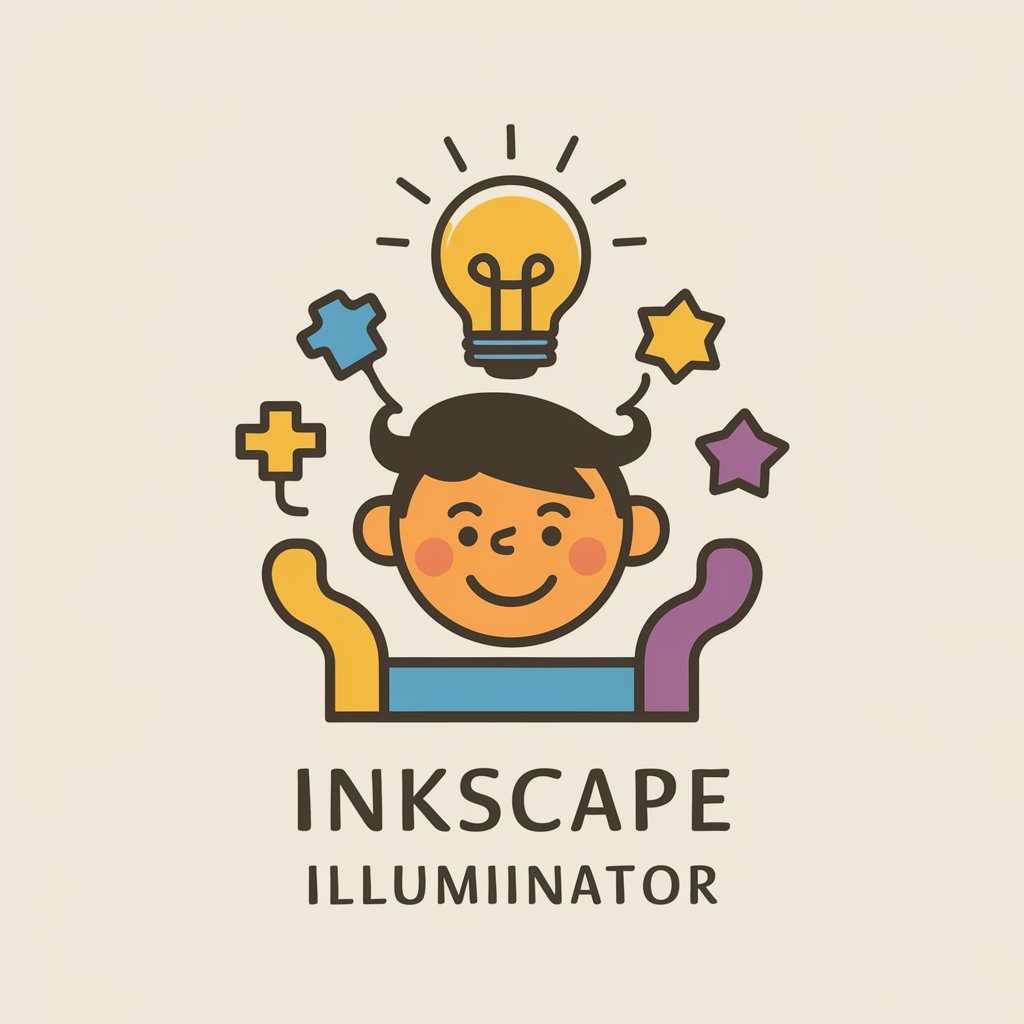
世界動物空服員制服圖鑑
Bringing Airlines to Life with AI-Powered Animal Avatars
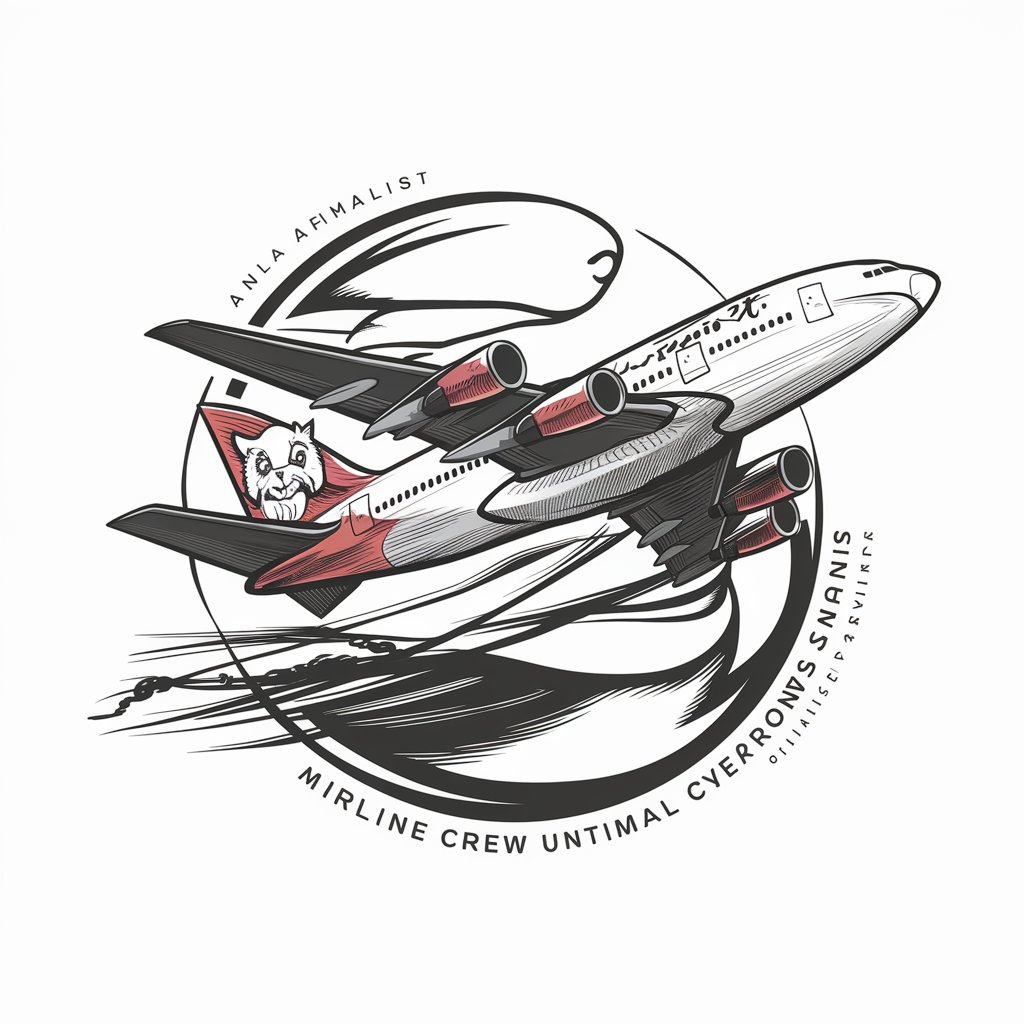
Créateur de couverture 'Martine'
Craft Your Own 'Martine' Adventure
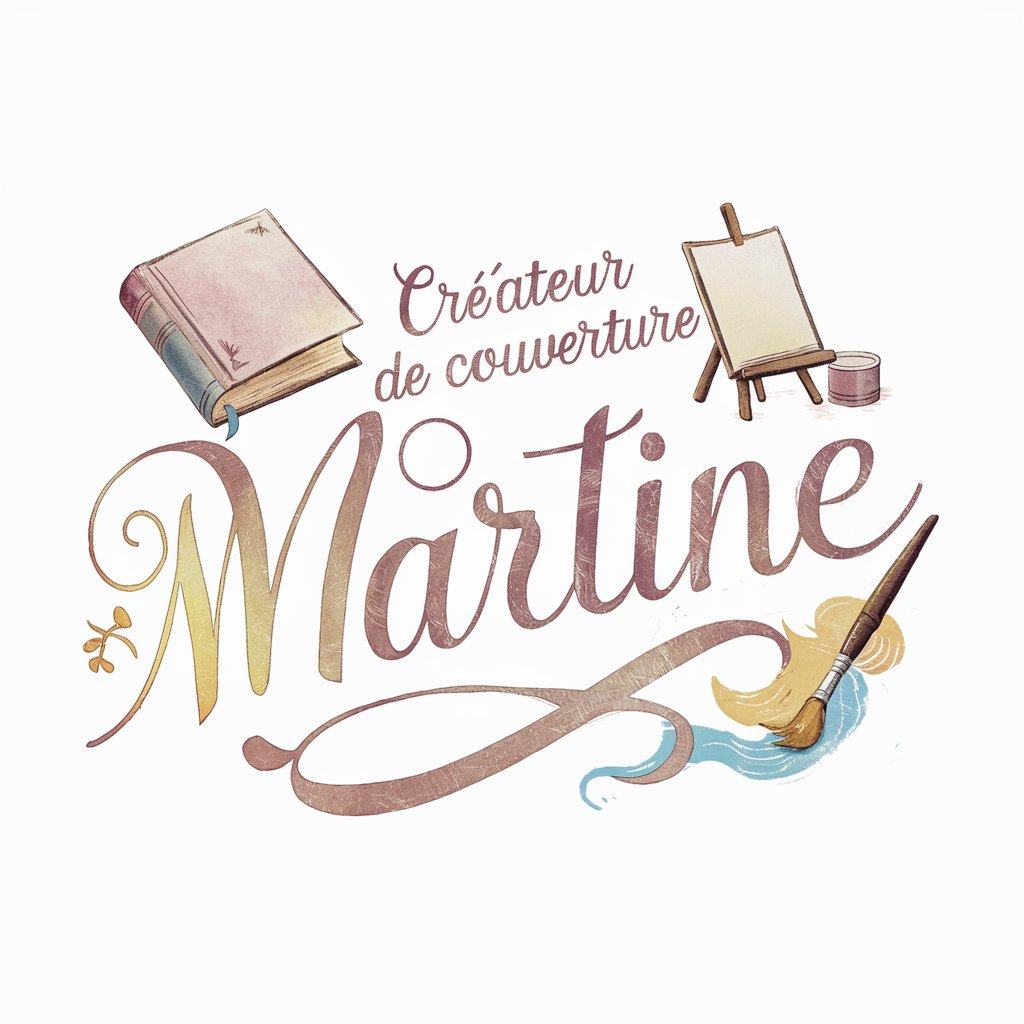
創造顔オブジェクト
Bringing Objects to Life with AI
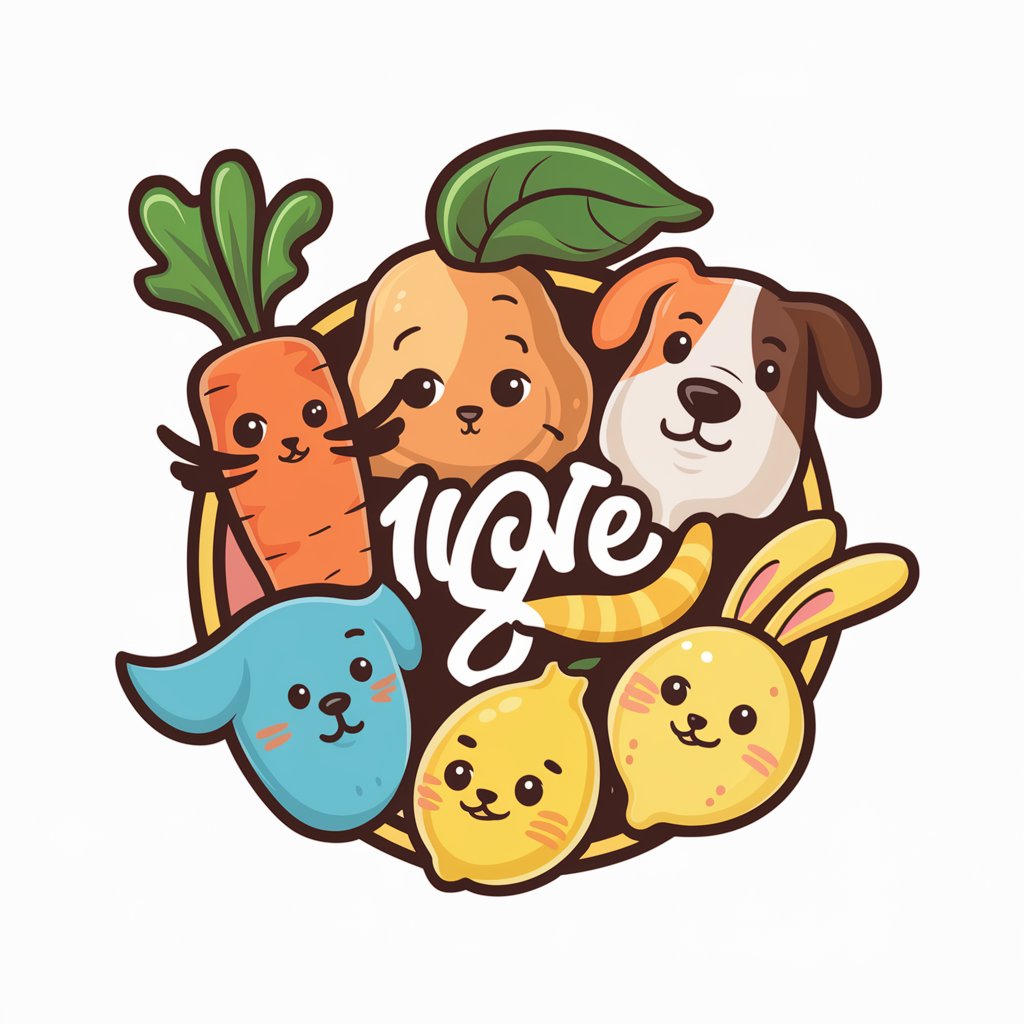
灵感
Ignite Creativity with AI

Color Palette Creator | Palette Generator
Design, Customize, Create: Powered by AI
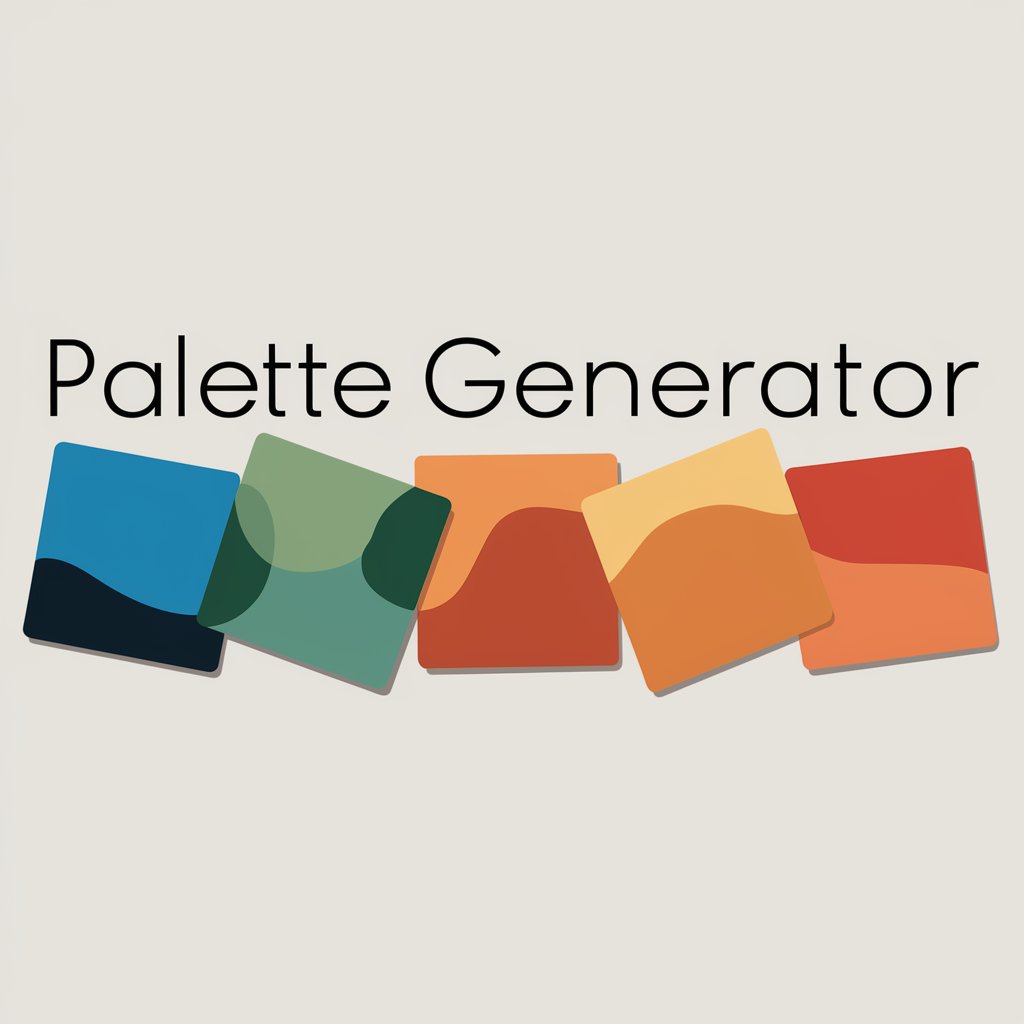
Pattern Artist
Craft beautiful patterns with AI
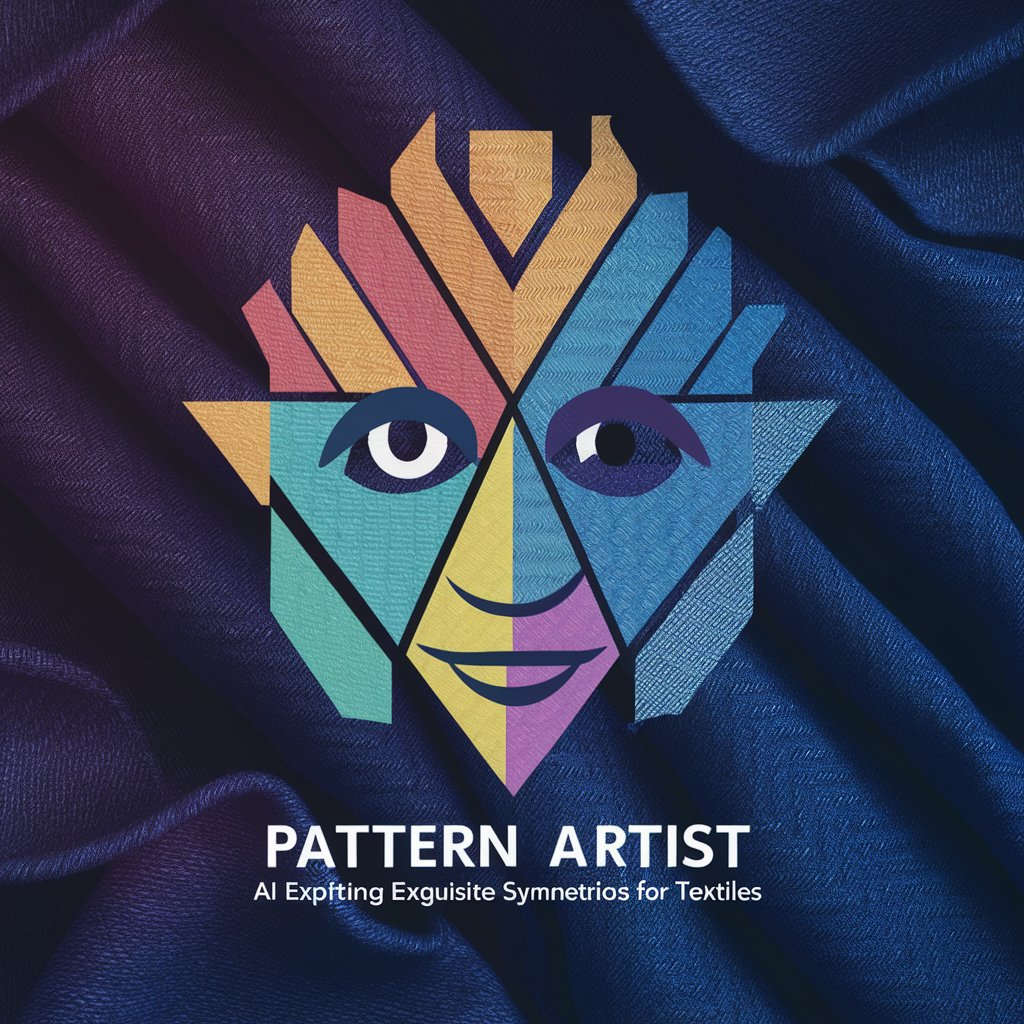
Photoshop QuickHelp
AI-powered Photoshop Expertise at Your Fingertips

Imagine Prompter
Crafting Creativity with AI
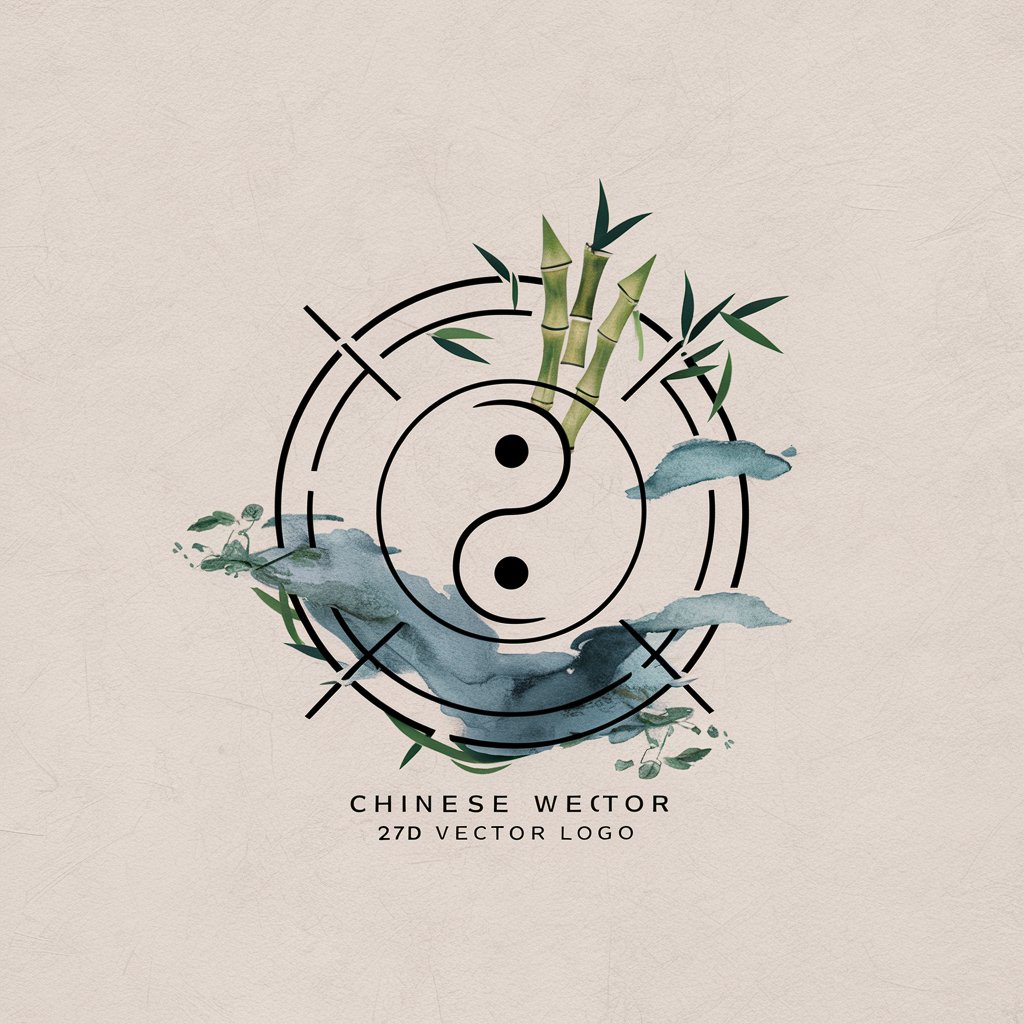
Visual Muse
Visualize Ideas with AI Power
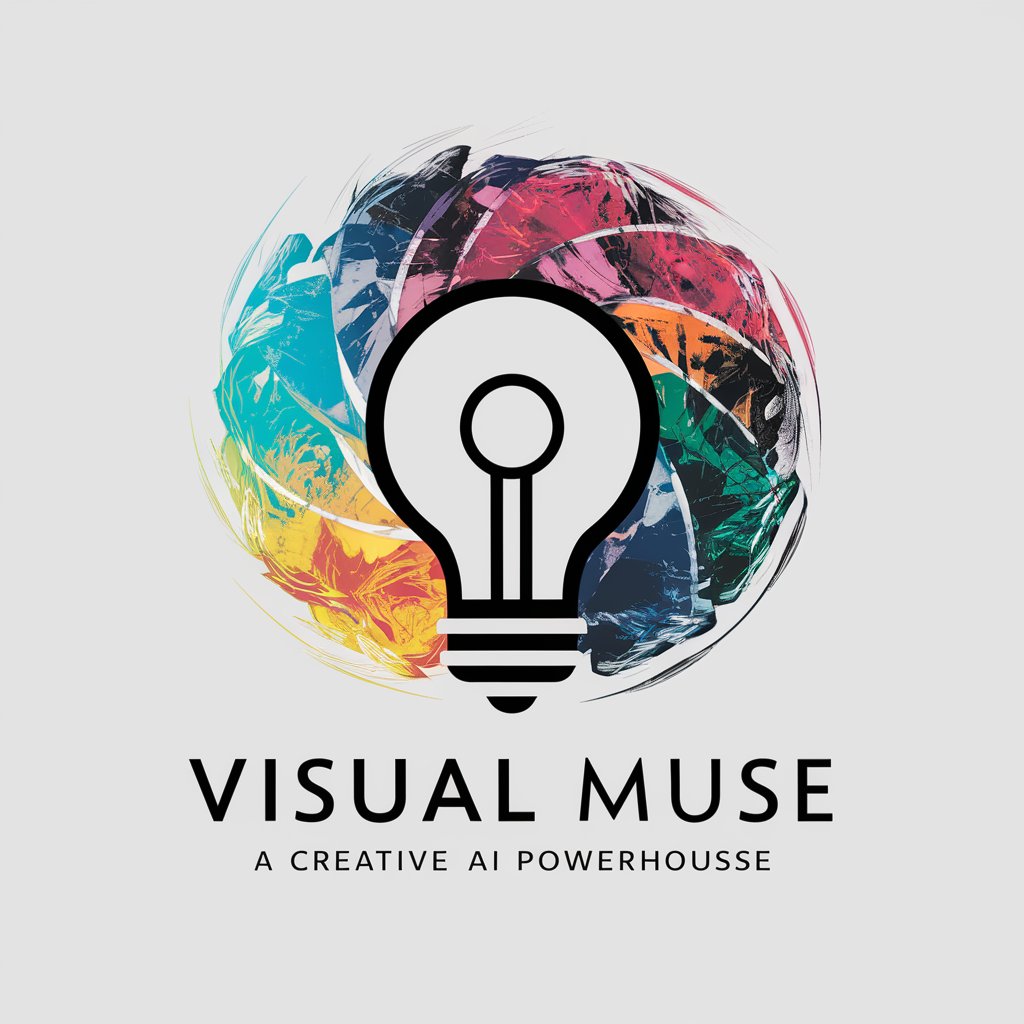
Unique Capabilities of AI in Graphic Arts
AI GPTs tools for Graphic Arts stand out for their adaptability across various complexity levels, from generating basic sketches to intricate designs. Key features include language understanding for creative briefs, technical support for design software, web searching for design inspiration, image creation with specific artistic styles, and data analysis for trend forecasting. These capabilities allow for a seamless integration of AI into the creative process, offering both inspiration and practical support.
Who Benefits from AI in Graphic Arts?
The primary users of AI GPTs for Graphic Arts include novices seeking to learn and create, developers integrating AI into design tools, and professionals aiming for efficiency and innovation in their projects. These tools are designed to be accessible to those without programming knowledge, while also providing advanced customization options for tech-savvy users, thus catering to a wide range of skill levels and professional needs.
Try Our other AI GPTs tools for Free
IPO Preparation
Discover how AI GPTs for IPO Preparation can streamline your journey to going public, offering advanced support in document drafting, financial analysis, and compliance, all tailored to your needs.
Leisure Trips
Explore how AI GPTs revolutionize leisure trips with personalized travel planning, real-time advice, and unique content creation capabilities.
Travel Management
Discover AI-powered travel management solutions that simplify planning, booking, and itinerary management with personalized, efficient tools designed for all travelers.
Strategy Alignment
Discover how AI GPTs for Strategy Alignment can transform your business strategy with advanced AI insights, adaptable features, and user-friendly interfaces for all levels of expertise.
Audit Strategy
Explore how AI GPTs for Audit Strategy revolutionize auditing with advanced data analysis, tailored solutions, and user-friendly interfaces for professionals at all levels.
Channel Partnership
Discover AI-driven GPT tools tailored for optimizing channel partnerships, enhancing communication, and strategic partnership management.
Expanding Horizons with AI in Graphic Arts
AI GPTs for Graphic Arts are not just about automating tasks but about opening new avenues for creativity and innovation. They provide a platform for experimentation, enabling users to explore new styles, techniques, and ideas. Their integration into existing systems or workflows can streamline operations, making the creative process more efficient and dynamic.
Frequently Asked Questions
What exactly are AI GPTs for Graphic Arts?
AI GPTs for Graphic Arts are AI-driven tools specifically developed to assist in the creation, analysis, and conceptualization of graphic design and visual arts. They utilize machine learning to provide relevant, innovative solutions in the field.
How can AI GPTs enhance my graphic design process?
These AI tools can streamline your design process by offering creative suggestions, automating repetitive tasks, generating artwork, and providing insights into current design trends, thereby enhancing creativity and efficiency.
Do I need programming skills to use AI GPTs in Graphic Arts?
No, many AI GPTs tools are designed with user-friendly interfaces that require no coding skills, making them accessible to anyone interested in graphic arts.
Can AI GPTs create original designs?
Yes, AI GPTs can generate original designs and artworks based on user inputs, guidelines, and existing design trends, offering a new level of creative freedom.
How do AI GPTs understand creative briefs?
AI GPTs utilize natural language processing to interpret creative briefs, allowing them to grasp project requirements, themes, and objectives to produce relevant suggestions and designs.
Can AI GPTs tools learn from my design preferences?
Yes, many AI GPTs are capable of learning from user interactions, preferences, and feedback to better align future outputs with the user’s style and expectations.
Are AI GPTs for Graphic Arts capable of collaborating with human designers?
Absolutely, AI GPTs are designed to complement human creativity, offering tools that can enhance and refine the design process through collaboration and augmentation of human skills.
What are the limitations of AI GPTs in graphic design?
While AI GPTs offer remarkable capabilities, they may not fully capture the nuanced understanding and emotional depth a human designer brings to a project. Additionally, they require clear inputs to generate relevant outputs and may occasionally produce unpredictable results.